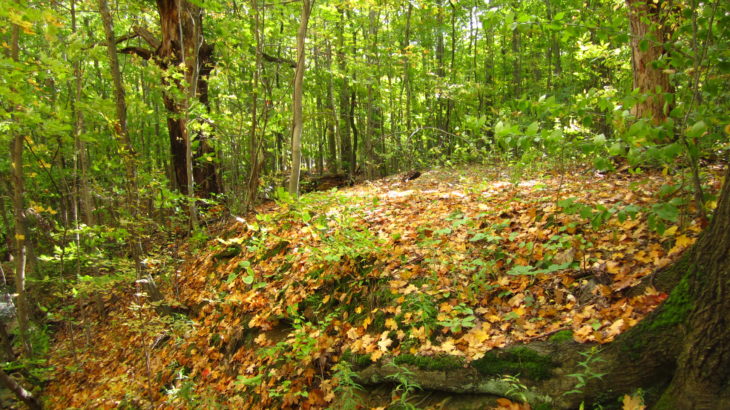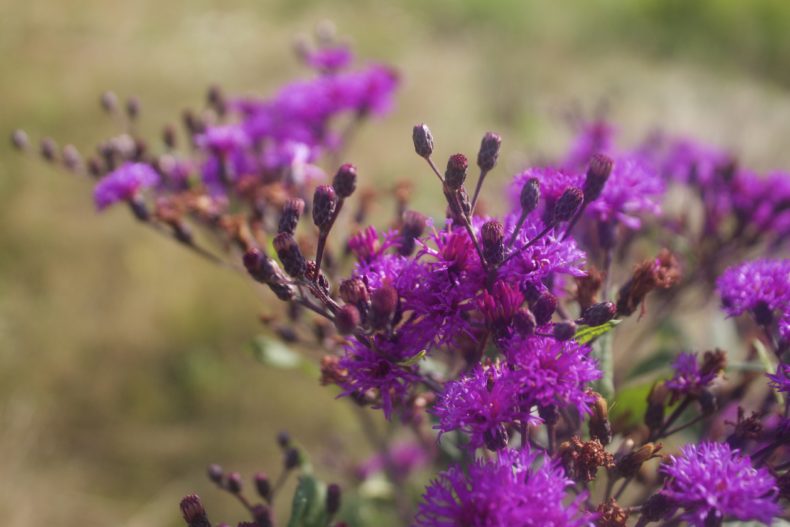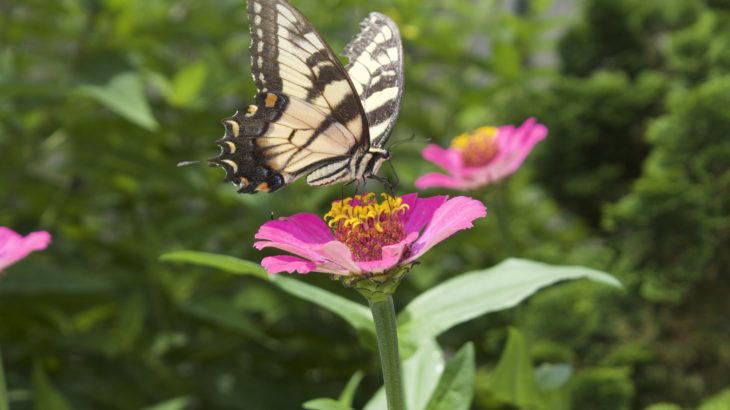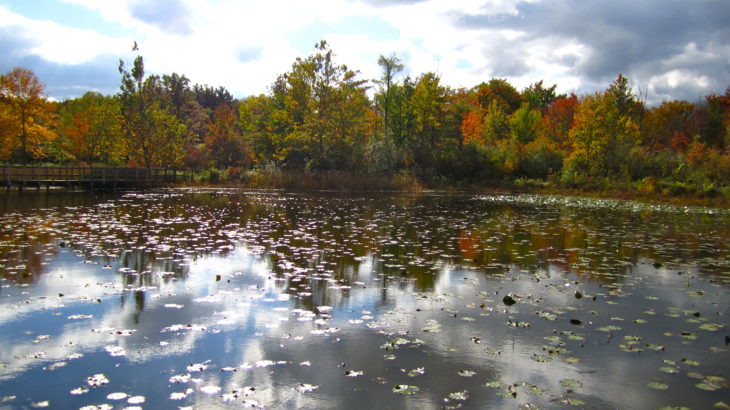Earth Day 2017: Get Inspired
- Blog Earth Day 2017: Get Inspired
The calendar may say Earth Day only comes once per year, but you can live out the mission of Earth Day all year long with Hike it Baby and your families! Let these quotes provide some inspiration for you to get out and enjoy the earth, not just today, but every day.


 Whether your hikes take you on dirt paths through forests, next to waterfalls, to an urban park, or a suburban neighborhood, take the time to relish the beauty that nature is providing. Make a tradition with your family and plant flowers or trees each Earth Day. As Thoreau said, we can never have enough nature.
Whether your hikes take you on dirt paths through forests, next to waterfalls, to an urban park, or a suburban neighborhood, take the time to relish the beauty that nature is providing. Make a tradition with your family and plant flowers or trees each Earth Day. As Thoreau said, we can never have enough nature.


“We do not inherit the earth from our ancestors, we borrow it from our children.” —Native American Proverb
This powerful statement demonstrates the importance of doing our part and taking care of the earth, not just for ourselves, but for future generations. Take time on hikes to explain the importance of nature its beauty to your children. Lead by action–reduce, reuse, recycle.
“The environment is where we all meet; where all have a mutual interest; it is the one thing all of us share.” —Lady Bird Johnson
The first time I hiked with Hike it Baby, I didn’t know a soul. However, we all had one thing–we were there to get outside and explore nature with our kids. We were introduced to each other in our welcome circle, and we all enjoyed nature together. Individuals coming together for a common purpose is something both Earth Day and Hike it Baby have in common.“Keep close to Nature’s heart… and break clear away, once in awhile, and climb a mountain or spend a week in the woods. Wash your spirit clean.” —John Muir
Hike it Baby has allowed me to do just this. There may be toys scattered all over my living room floor, dishes in the sink, and mountains of laundry in my basement, but breaking away from the tedious day-to-day tasks and becoming one with nature provides a chance for me to feel refreshed.“Live in each season as it passes; breathe the air, drink the drink, taste the fruit, and resign yourself to the influence of each.” —Henry David Thoreau
I’ll admit it. Living in the season is difficult for me, especially when Cleveland winters role around. While I have managed to get some hikes in during snow and cold, I don’t always enjoy it and my attitude passes on to my son. But thinking about it, there is something amazing about being able to hike in the same location and experience its beauty during the winter, spring, summer, and fall.“We need the tonic of wildness—to wade sometimes in marshes where the bittern and the meadow-hen lurk, and hear the booming of the snipe; to smell the whispering sedge where only some wilder and more solitary fowl builds her nest, and the mink crawls with its belly close to the ground... We can never have enough of nature.” —Henry David Thoreau
 Whether your hikes take you on dirt paths through forests, next to waterfalls, to an urban park, or a suburban neighborhood, take the time to relish the beauty that nature is providing. Make a tradition with your family and plant flowers or trees each Earth Day. As Thoreau said, we can never have enough nature.
Whether your hikes take you on dirt paths through forests, next to waterfalls, to an urban park, or a suburban neighborhood, take the time to relish the beauty that nature is providing. Make a tradition with your family and plant flowers or trees each Earth Day. As Thoreau said, we can never have enough nature.
“Here is your country. Cherish these natural wonders, cherish the natural resources, cherish the history and romance as a sacred heritage, for your children and your children’s children. Do not let selfish men or greedy interests skin your country of its beauty, its riches or its romance.” —Theodore Roosevelt
Teaching our children from an early age that their actions make a difference is so important. Teach them to keep their environment clean and how to recycle. Also allow them to play and grow in nature. What we teach them today will help preserve their tomorrow.“There is a great need for the introduction of new values in our society, where bigger is not necessarily better, where slower can be faster, and where less can be more.” — Gaylord Nelson, Father of Earth Day
In today's society, our basic values are often forgotten and technology has taken over. Even though technology has given us great advances in science and allowed us to stay in touch with others more easily, sometimes leaving our social media behind and exploring nature can provide more than modern technology can.“I only feel angry when I see waste. When I see people throwing away things we could use.” —Mother Teresa
While not trail related, Mother Teresa’s message can be remembered while on trail. Refill a water bottle instead of breaking open a new one. Explore options for reusable snack containers. Donate items you are finished with instead of throwing them away.
“You cannot get through a single day without having an impact on the world around you. What you do makes a difference, and you have to decide what kind of difference you want to make.” —Jane Goodall
While it may be easy to reduce your own waste, what about waste left by others? Host a trail clean up hike or participate in a park clean up. Not only are these ideas helpful for the environment, but they’ll also leave lasting impressions with your children. While in high school, I was part of a group that cleaned out a river in New Orleans. Clothing, appliances, and more was thrown in the river as people used this water as their own garbage cans. Picking up trash in hip waders is something I’ll never forget, and it was a great feeling to see how much our work did to help restore the natural beauty to the river.Related Content




Comments